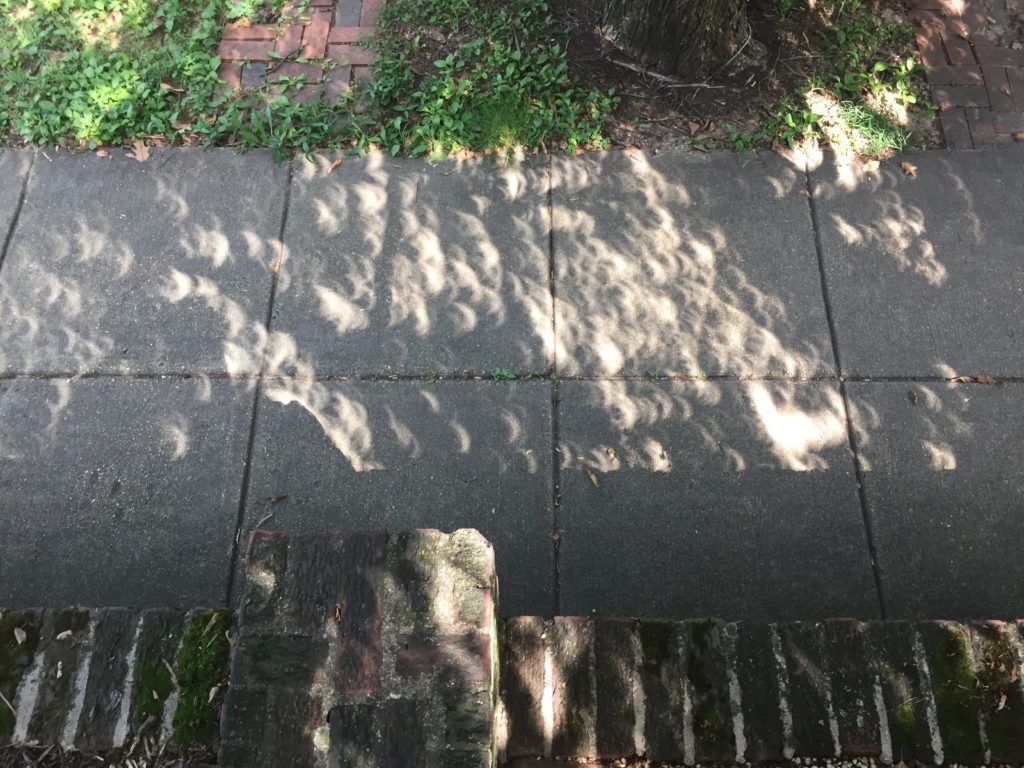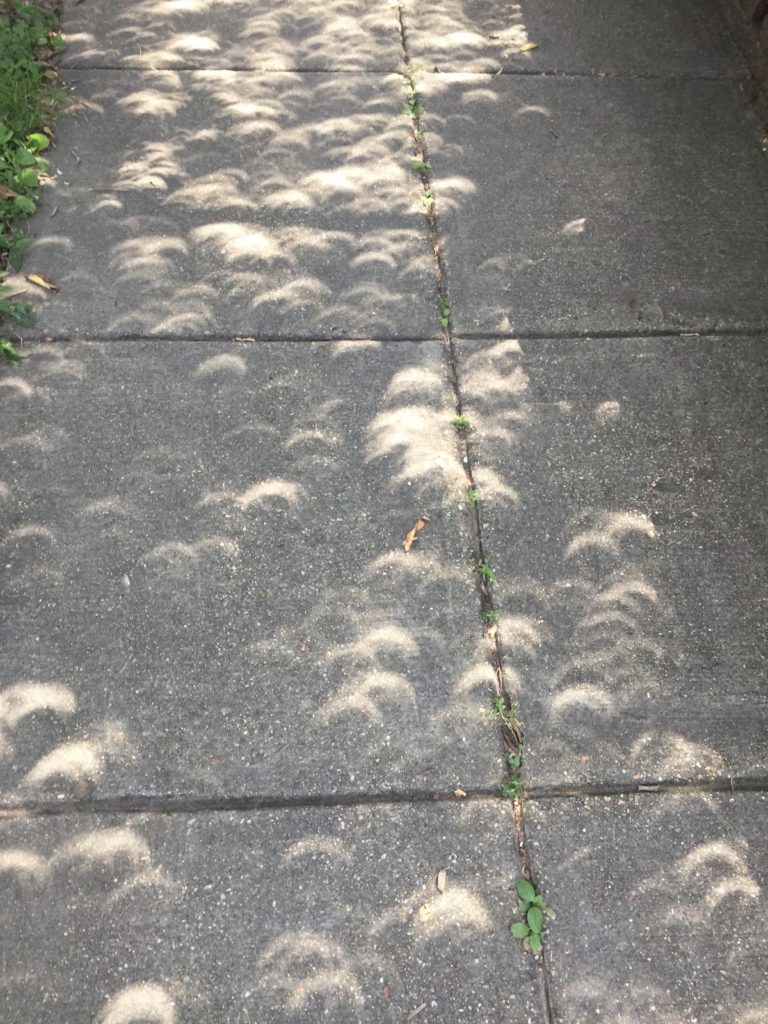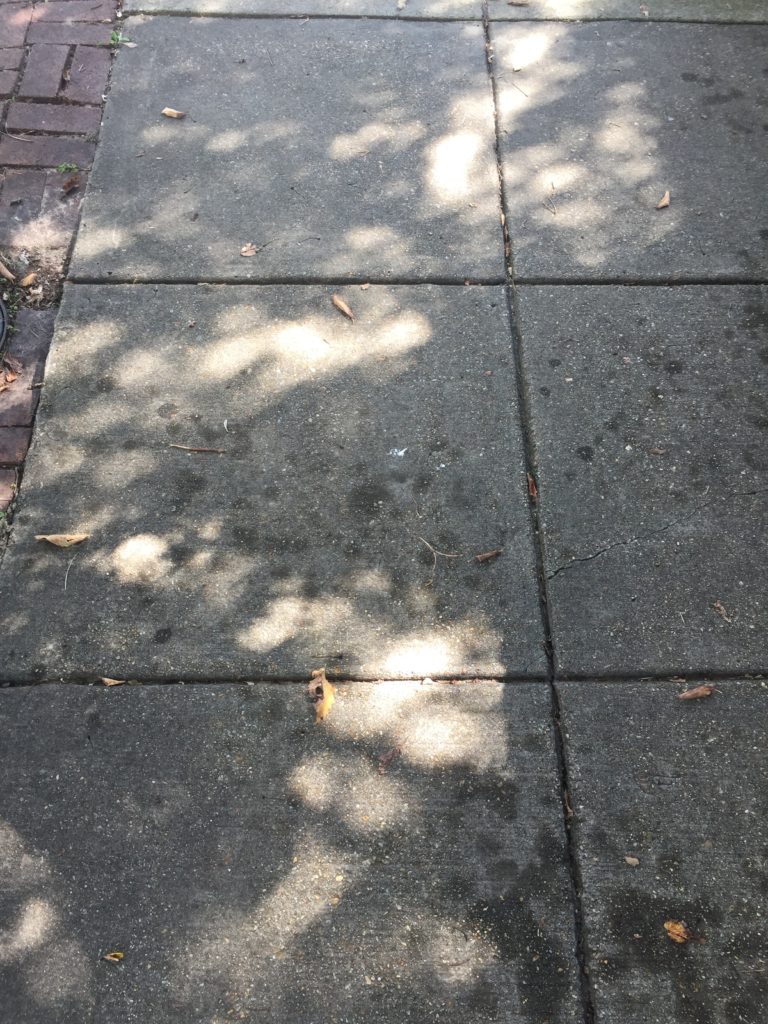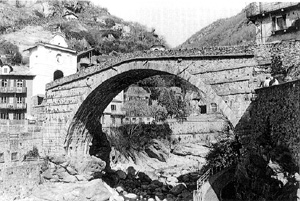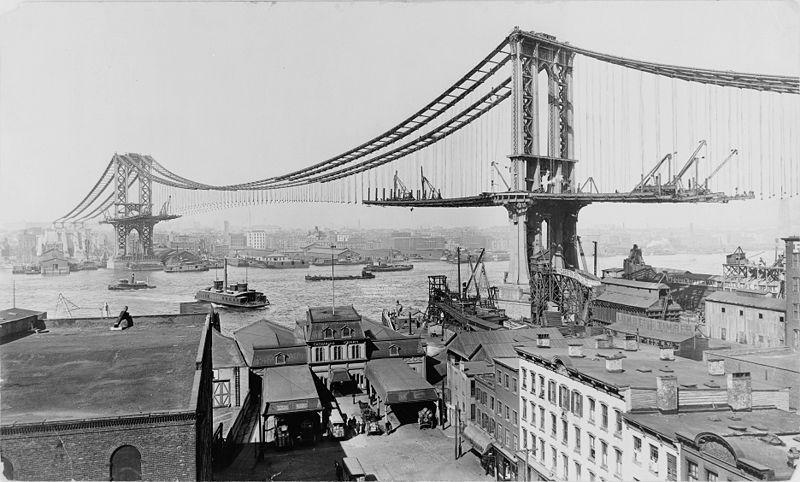First there is you. Next, you notice that other people live in the same world as you, by which I mean the same planet, earth, and the same time, now. But then you uncover a handful of persons ostensibly of this world, your world, but who, you sense, possess a homing device pulling them back to an alternative world. They are of another world and the other world wants them back.
Christopher Walken falls into that category.
Or so it seems if you read Mr. Walken’s Twitter account, which he’s been filling for many months with strange tellings. This is very possibly a hoax. An impostor, or team of impostors, has concocted an imaginary Christopher Walken, one more real, more excitingly alive, than the original. Either that or Christopher Walken himself has launched a parallel career in another art form. His daily stream of Twitter musings creates a world through which walks a high-strung , paranoid, ADD-afflicted character. It is a person obsessed with cats (real and imagined), who’e careful to make sure the ladies are respected, guards his special watch from theft, and assigns fault frequently (and it has to be said, with charming humility) to himself.
Excerpts from three days last December provide a flavor:
— I had a brisk walk this morning. Around the park. Not the whole park, just the parts of it that are closest. Why are you interrupting me?” (12-05-2008)
— It wouldn’t hurt to put more objects on the first floor of the Guggenheim. Or to put up a sign that says “You should just start at the top.” (12-05-2008)
— That kid asked if I was “real.” It’s a preposterous question but I’ll admit it’s got me thinking about a lot of things. Small things really. (12-06-2008)
— The neighbor’s cat is back at the window looking in at me. I wonder how he would describe this to other cats. If he wanted to, I mean. (12-06-2008)
— People are sending nude photos to me now. Don’t do that. It’s peculiar behavior and makes me wonder what else might be wrong with you. (12-06-2008)
— At the tree farm a woman told me that all of the birds had disappeared from her yard. She didn’t say so but suggested that I was involved. (12-07-2008)
I wonder if what we are witnessing here is a new mode of communication (Twitter) giving rise to a new form of literature (still to be named). The cumulative impact of Walken’s 140-character entries is similar to that of the beginning of a durable poetic epic. Or think of Byron’s Don Juan. But the cloud over the feeds’ authenticity makes me wonder:
Is it for all time, or simply a lark? Is it the good turtle soup or merely the mock?
UPDATE (03-29-2009): The Sunday Washington Post contains an article speculating on the authenticity of Walken’s Twitter feeds, but comes to no conclusion. Also, the link I provided to the account, above, now leads to a notice saying the account’s been “suspended due to strange activity.” Very Walkenesque.
UPDATE (04-04-2009): The link to the Walken’s Twitter account now takes you to this message: “That page doesn’t exist!” (Yes, the exclamation point is in the original message.) I’m just happy I got to read the feeds when they were very much alive and accessible. Sic transit gloria mundi.
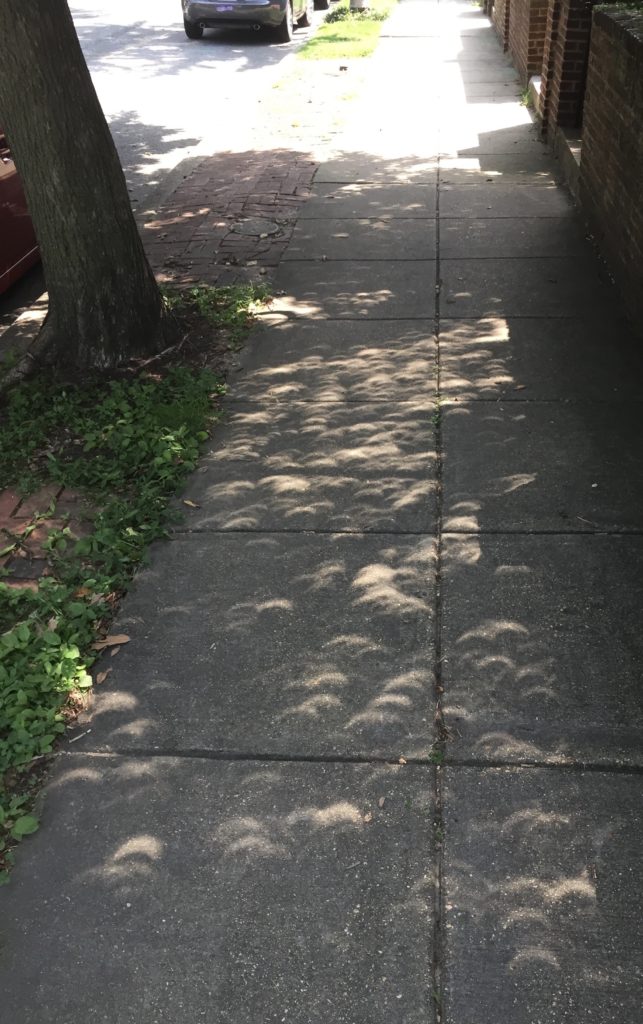 Washington, DC, April 21, 2017, 2:52:59 PM
Washington, DC, April 21, 2017, 2:52:59 PM